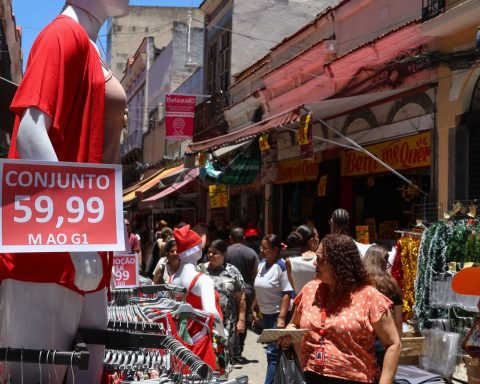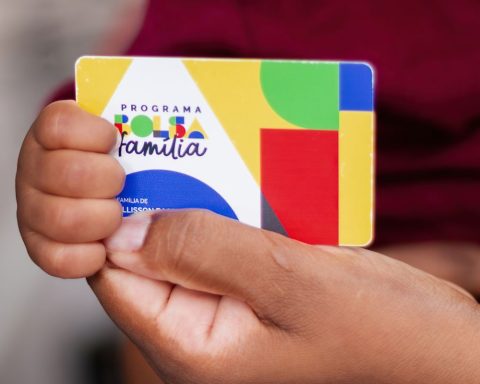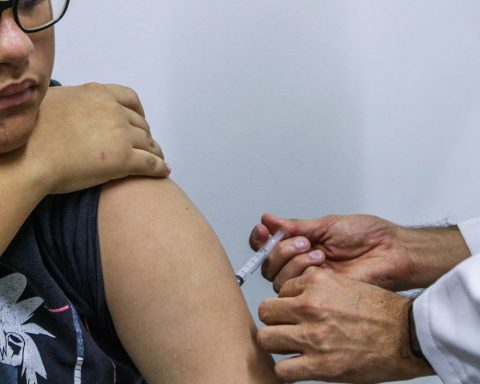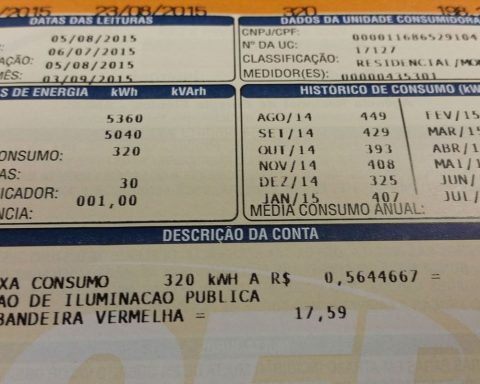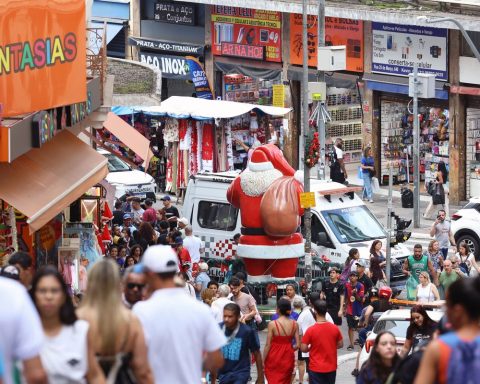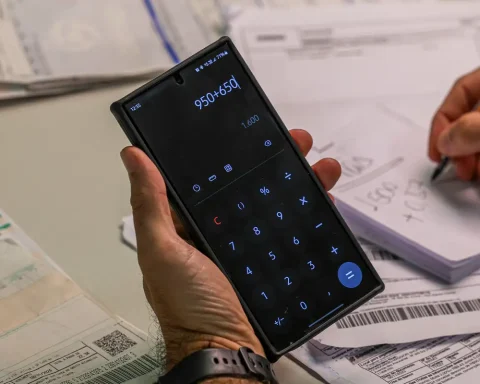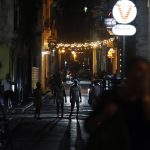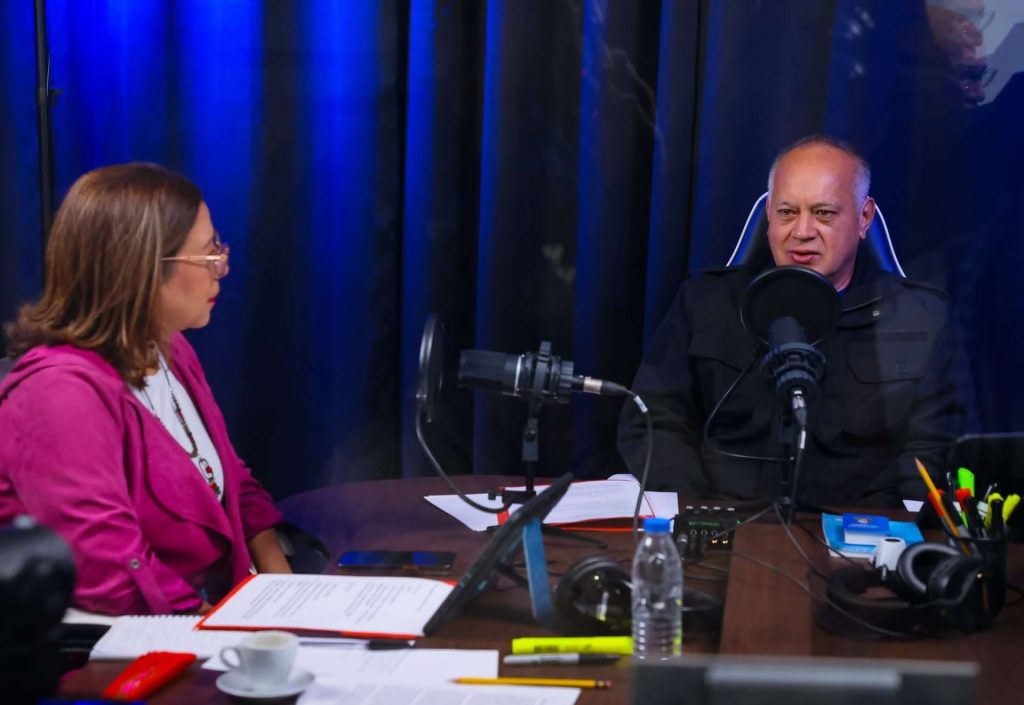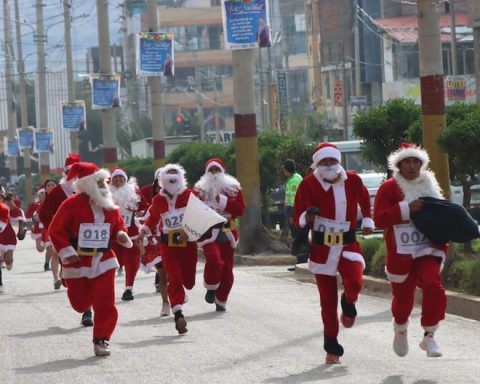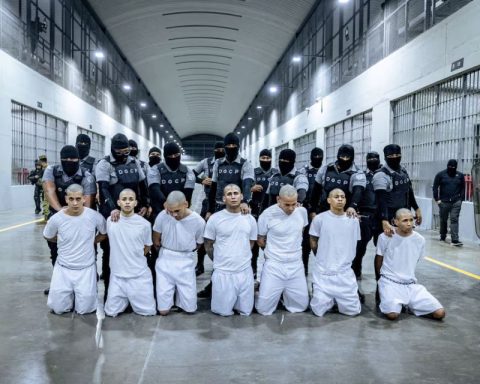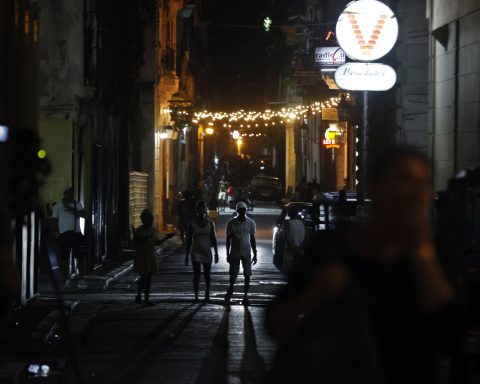On January 24, 1835, enslaved African workers occupied Salvador (BA) facing, for more than three hours, civil and colonial soldiers in the revolt that became known as the most important urban rebellion of enslaved in Brazil.

Even today, 190 years later, the evasive revolt is remembered in studies, books, carnival blocks, movies and art exhibitions.
600 Africans are estimated to have participated in the movement. Proportionally, this would be equivalent to 12,000 people considering the current population of Salvador. Bahian historian João José dos Reis estimated that more than 70 Africans died in conflicts and about 500, in conservative estimates, were punished with deaths, prison, whip or deportations.
“Although it lasted shortly, it was the most serious urban slave uprising in the Americas,” says the book expert Slave rebellion in Brazil: The History of the Levant of the Males (1835).
The historian of kings estimates that Salvador had, in 1835, 65.5 thousand inhabitants, 42% slaves (27.5 thousand) and 29.8% of blacks or free browns (19,500). The whites represented 28.8% of the population of the Bahian capital (18.5 thousand).
The term Malê was like the Muslim Africans brought to Brazil were called, which is the main group that organized the uprising.
Also called the great insurrection, the episode is part of several revolts that occurred in Bahia between 1807 and 1844, being the most important of them, according to research by historian and sociologist Clovis Moura.
According to this researcher, the 1835 revolt was not a violent and disorganized outbreak, emerged by any incident. Even a fund with resources was created to finance the activities of the rebellious enslaved.
“[O levante] It will be planned in its details, preceded by an entire organizational period – obscure phase of grooming and preparation. These slaves met secretly at various points in Salvador. Created a club, also secret, that worked in Barra [da Vitória]”, Said Moura in the book The quilombos and the black rebellion.
The plan was, after the outbreak of the rebellion in Salvador, to follow the epicenter of Bahian slavery.
“From there came combatants for the city; From this they would follow the rebel forces to raise the slavery of the mills, ”said historian João José Reis.
Male
The revolt also echoes these days when rescued by studies, books, movies, carnival blocks and works of art. In 1979, the revolt named the Block Afro Malê Debalê, from Salvador, which honors those who fought against slavery in 1835.
One of the greatest classics of Brazilian literature of the 21st century, the book A color defectby Ana Maria Gonçalves, published in 2006, tells the story of the character Kehinde, kidnapped in Africa and brought to Bahia in the early 19th century.
In the work, Ana Maria portrays, as a backdrop of the novel, historical facts linked to the Malês Revolt. Kehinde, renamed Luísa Mahin upon arriving in Salvador, participated in the revolt and was the mother of abolitionist leader Luiz Gama.
At the end of 2024, the film debut in theaters Malestarring and directed by Antonio Pitanga, who portrays the story of the insurrection.
The exhibition Eco Malêson display in Salvador House of Stories Until May 2025, it brings together 114 works by 48 artists who reflect contemporary influences from the Malês Revolt. Access to exhibition is free on Wednesdays.
The curator of the exhibition, João Victor Guimarães, explained to the Brazil agency who conducted a research on artistic practices that bring some of the pillars of the revolt.
“We have the very idea that, to achieve a common goal, it is necessary to give in. The malays were planned to kill all whites and blacks who did not convert to Islam. However, for the revolt advancing, they negotiated with Christian brotherhoods and Candomblé terreiros, ”said João Victor.
The revolt
Scheduled for January 25, a date that celebrated the end of Ramadan, the sacred month for Muslims, the revolt was anticipated one day after a denunciation.
“Seeing that they had to anticipate the revolt, they thrown themselves to the load anyway: the situation no longer hindered,” said Clovis Moura.
Dressed in traditional Muslim clothes in Bahia, the rebels fought through the streets of the former Brazilian capital, trying to free the Pacific slave Licutã, who was arrested but failed.
“True carnage. The most advantageous positions of the legal, in addition to the superiority of weapons, made the insurrects definitely beaten, ”added Moura.
Among the leaders of the insurrection were mainly black Nagô (Yoruba), but there were also hauças, slaps and several other African nations, both enslaved and free.
Among the leaders of the movement are the Pacific slaves Licutã and Ahuna, as well as the black liner Belchior da Silva Cunha, who lent the house to the meetings, as well as Lupis Sanim and Manuel Calafte.
The historian João José Reis explains, in his work, that the greatest independence that urban slaves enjoyed, working on the streets for their masters, facilitated the organization of the revolt.
“In general, slaves roamed the whole city working for their own masters or, especially, hired by third parties for eventual services. Many slaves did not even live in the manor house, ”he emphasized.
Clovis Moura says that slave struggles over the nearly 400 years of slavery in Brazil were able to wear out the manorial class in political, economic and psychological aspects.
“Those who examine the documentation of this period of our history find, as a constant, the fear of these classes in the face of the large number of slaves and their possible awareness of the exploitation to which they were subject. Haiti’s example is constantly referred to by these authorities, ”says Clovis Moura.
In 1804, Haiti conquered independence after a revolution of the enslaved that found the first black republic released from the Americas.
